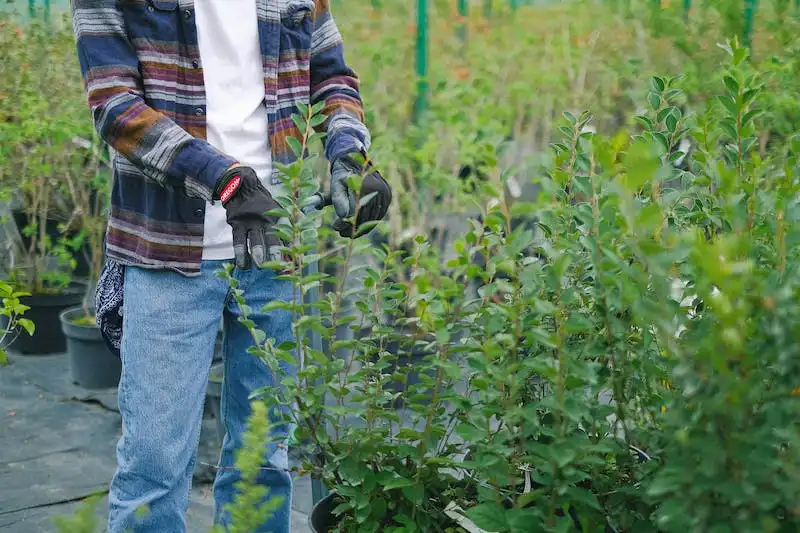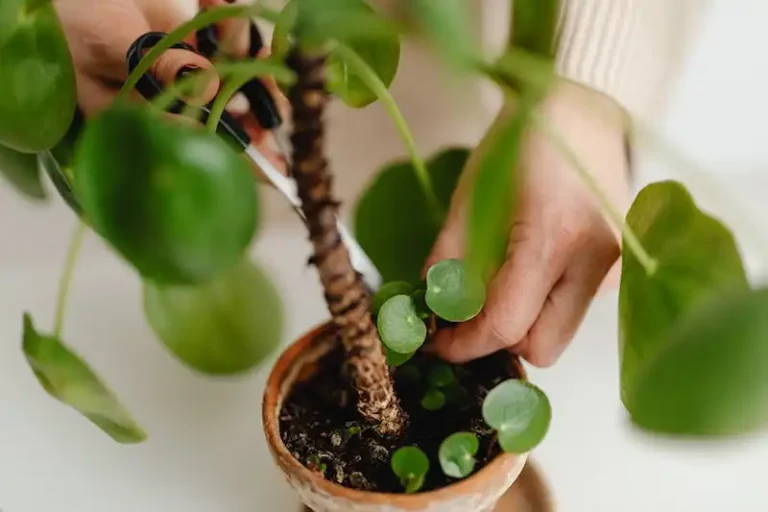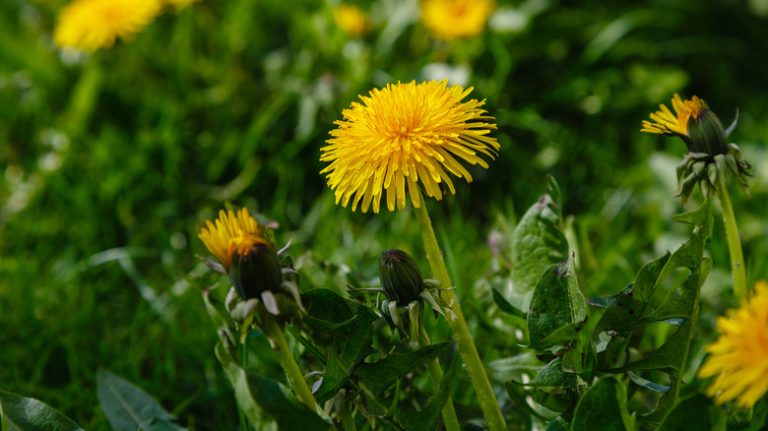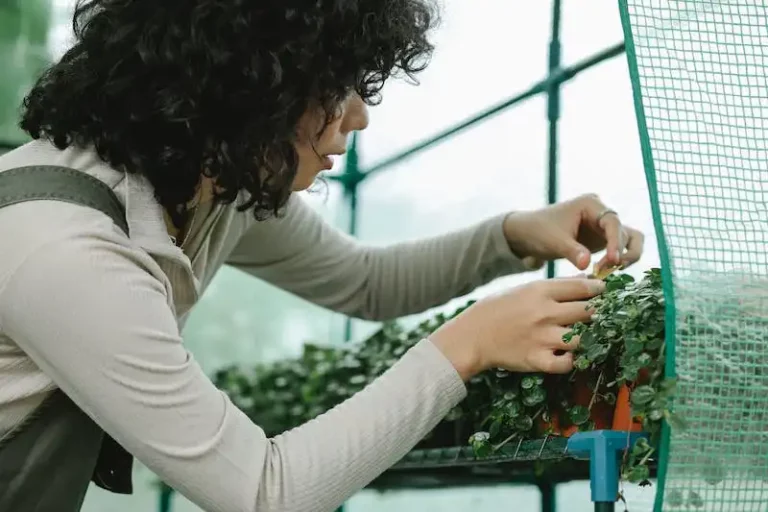Companion planting is a popular practice among gardeners, as it involves planting different crops together in order to benefit each other. One such companion plant that has gained popularity over the years is the Nasturtium. Nasturtiums can be grown with a variety of plants, including leeks, broccoli, and brassicas among others, providing a natural way to enhance the growth and health of these crops.
One of the main benefits of planting nasturtiums alongside other crops is their ability to attract beneficial insects. Nasturtium flowers produce nectar, which attracts pollinators such as bees and butterflies. This helps to improve pollination and fruit set in fruit-bearing plants such as tomatoes and cucurbits. Furthermore, nasturtiums also act as a trap crop, attracting pests away from other plants. This is especially beneficial when planted alongside brassicas, as nasturtiums can deter pests such as cabbage worms and aphids.
In addition to their pest control benefits, nasturtiums can also improve the growing conditions for other plants. They have shallow roots that do not compete with deeper-rooted plants, such as carrots or leeks, for moisture and nutrients. Nasturtiums also act as ground cover, protecting the soil from erosion and reducing weed competition. Their large leaves can act as a natural mulch, helping to retain soil moisture.
Another advantage of growing nasturtiums as companion plants is their ability to release chemicals into the soil that deter pests. The roots of nasturtiums produce compounds that repel insects and nematodes, protecting neighboring plants from infestations. This is particularly beneficial when planted with crops such as beans or roses, which can be susceptible to pests.
In conclusion, growing nasturtiums as companion plants can provide numerous benefits in the garden. They attract beneficial insects, deter pests, improve soil conditions, and release natural chemicals that repel pests. Whether you want to enhance the growth of your vegetables, herbs, or flowers, consider adding nasturtiums to your garden and reap the rewards of this versatile companion plant.
Companion planting: Best plants to grow together
Companion planting is an age-old gardening technique that involves planting different species of plants together to maximize their benefits. When certain plants are grown alongside each other, they can attract beneficial insects, deter pests, improve soil quality, and even enhance flavor in fruits and vegetables.
Here are some popular companion plants and the benefits they offer:
- Nasturtiums: Nasturtiums are great companions for many vegetables and fruit trees because their vibrant flowers and fragrant foliage attract pollinators. Nasturtiums also act as a trap plant for pests like blackflies, keeping them away from other plants.
- Marigolds: Marigolds are known for their pest-repellent properties. They deter pests like nematodes and aphids, making them ideal companions for tomatoes, cucurbits (such as cucumbers and courgettes), and strawberries.
- Borage: Borage is another plant that deters pests and attracts beneficial insects like bees. It is especially beneficial when planted alongside tomatoes and fruit trees.
- Mint: Mint can benefit cabbage family plants (brassicas) because it repels cabbage worms and aphids. However, it should be planted in containers or isolated areas, as it can become invasive.
- Thyme: Thyme is a beneficial herb to grow alongside fruit trees, as it attracts pollinators and beneficial insects while deterring pests.
- Sage: Sage is a good companion for carrots and tomatoes. It helps to deter pests like carrot flies and repels some species of worms.
- Artemisia (Wormwood): Wormwood is a strong-smelling plant that repels pests like mosquitoes and moths. It can be planted near nightshade family plants (such as tomatoes and peppers) to help deter pests.
Remember that companion planting is not an exact science, and the benefits may vary depending on the specific conditions of your garden. The key is to experiment and observe what works best for your plants. Happy growing!
What is companion planting
Companion planting is the practice of growing different plants together in a way that benefits each other. It involves planting specific plant species alongside each other based on their symbiotic relationships. This technique has been in use for centuries and is thought to improve plant health, increase yields, and reduce the need for harmful pesticides.
One popular example of companion planting is growing thyme alongside tomatoes. Thyme acts as a natural pest deterrent and can help repel insects that are harmful to tomato plants, such as blackfly. Additionally, thyme attracts bees, which is beneficial for pollination.
Nasturtiums are commonly used as companion plants in vegetable gardens. They can be planted alongside beans, cucurbits (such as courgettes), brassicas, and even fruit trees. Nasturtiums attract aphids and cabbage white butterflies, acting as a trap plant and diverting these pests away from the main crops. Additionally, their flowers and leaves are edible and can be used in salads.
Marigolds are another popular companion plant. They are believed to repel harmful nematodes and attract beneficial insects like ladybugs and lacewings. Planting marigolds alongside tomatoes, carrots, and leeks can provide protection for these crops.
Another example of companion planting is growing mint alongside cabbage. Mint can help deter cabbage flies and caterpillars. Mint is best grown in a container, as it can become invasive if planted directly in the ground.
Borage is known for attracting bees and other pollinators with its bright blue flowers. It can be planted alongside strawberries and tomatoes to increase pollination and improve fruit set.
Wormwood and sage are often planted alongside brassicas, such as cabbage and broccoli, to repel cabbage moths and deter other pests.
It is important to note that not all companion plants work well together. Some plants may compete for resources or release chemicals that negatively affect the growth of neighboring plants. For example, beans and other legumes are known as nitrogen-fixing plants and should not be planted with other legumes, as they might compete for nitrogen in the soil. Similarly, nightshade plants (such as tomatoes, potatoes, and peppers) should not be planted alongside other nightshades to avoid the spread of diseases.
Overall, companion planting is a natural and sustainable gardening technique that can promote healthier plants and reduce the need for chemical pesticides. While there is no guarantee that companion planting will solve all gardening problems, it has been proven to be effective in many cases, and it is definitely worth exploring for gardeners looking for more environmentally-friendly gardening practices.
What are the benefits of companion planting
Companion planting is a natural and beneficial way to grow a variety of plants together. By carefully selecting the right companion plants, you can help improve the health and productivity of your garden. Here are some of the benefits of companion planting:
1. Improved pest control: Certain plants, such as nasturtiums, borage, and marigolds, are known for their ability to repel pests and attract beneficial insects like bees and ladybugs. By intercropping these plants with your fruits and vegetables, you can naturally deter pests and reduce the need for chemical pesticides.
2. Enhanced nutrient cycling: Some plants have deep roots that can mine nutrients from the soil, while others have shallow roots that excel at capturing nutrients from the surface. By planting these different species together in a polyculture, you can create a diverse rooting structure that maximizes nutrient uptake and minimizes nutrient runoff.
3. Increased yield: Companion planting can help boost crop yields by optimizing space and resources. For example, planting leeks, beans, or cucurbits (such as courgettes or cucumbers) alongside taller plants, like tomatoes or corn, can provide shade and wind protection. Meanwhile, planting legumes together with brassicas (such as cabbage or kale) can increase nitrogen fixation in the soil, leading to healthier, more productive plants.
4. Weed suppression: Some companion plants, like sage or plants with dense foliage, can create a living mulch that shades the ground and inhibits weed growth. This can save the gardener time and effort spent on weeding, while also benefiting the surrounding plants by reducing competition for nutrients and moisture.
5. Improved flavor: Growing certain plants together can enhance the flavor of your fruits and vegetables. For example, planting mint or thyme near your brassicas can improve their taste, while lavender can add a pleasant aroma to the garden. By carefully considering the best companion plants for your crops, you can create a harmonious plant guild that benefits both the taste and quality of your produce.
Companion planting is a holistic approach to gardening that takes advantage of the natural characteristics of different plant species. By harnessing the benefits of companion planting, you can create a diverse, thriving garden that supports the health of your plants and improves your overall gardening experience.




